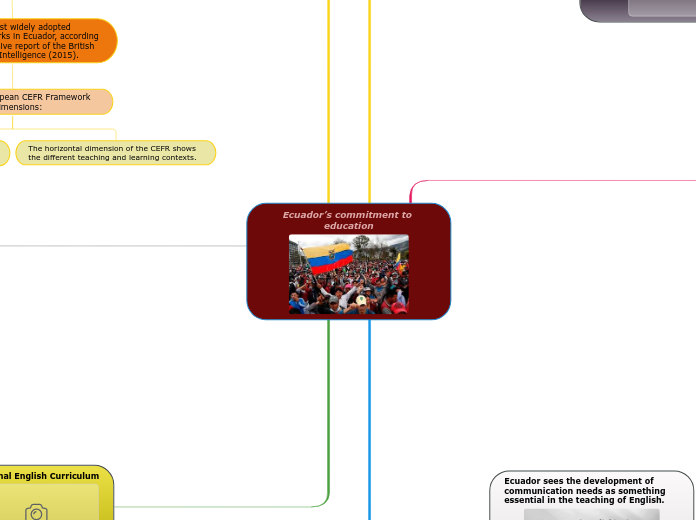arabera Keyla Hau Tareas 3 years ago
174
OPTIMIZING THE TEACHING OF ENGLISH SUPRASEGMENTALS
Teaching English suprasegmentals to Spanish speakers can be optimized through a structured approach that includes several key elements. One important aspect is the clear indication of the association between the nucleus and content words in unmarked declarative sentences.









